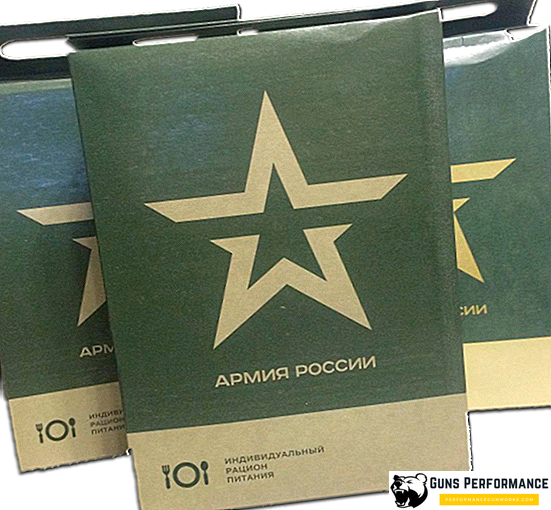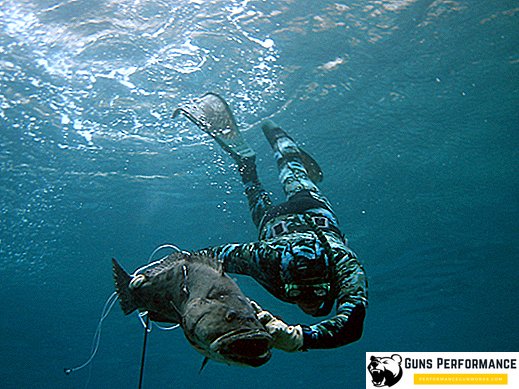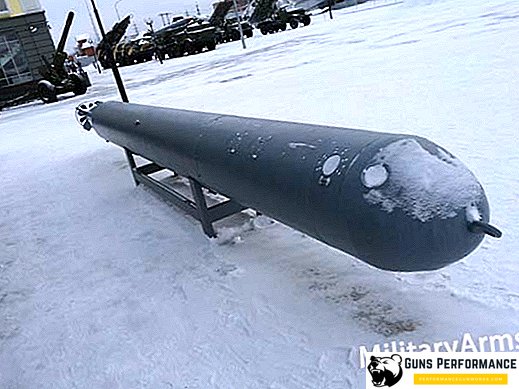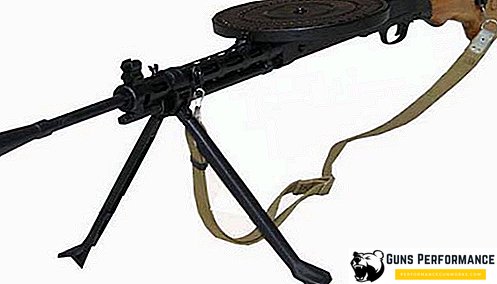Under this title, a dictionary entry appeared in one of the encyclopedias devoted to melee weapons. Such literature is now on the shelves in abundance, but not always the information in them is correct. So in this case. Why? Let's see.
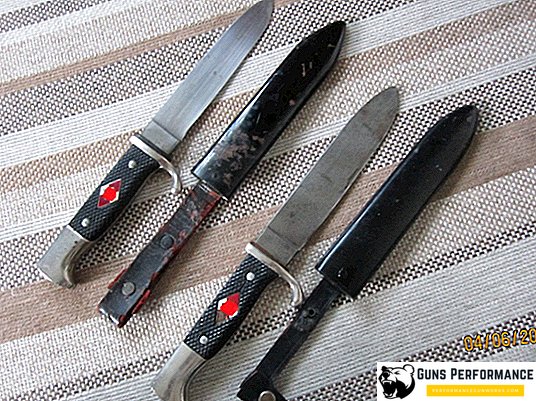
Hitler youth is not voluntary
Firstly, the Hitler Youth is not exactly a scout organization. Rather, it is closer to the pioneer movement of Soviet times. Membership in it was mandatory for all Germans between the ages of 10 and 18, while joining scouts in most countries is voluntary. Then it should be said that after reaching the age of eighteen the young men went to serve in the army of the Wehrmacht or the SS. That is, the Hitler Youth was initially a forge of personnel for the army. Again, there is a clear resemblance to pioneering with its famous game Zarnitsa. However, the coincidence and differences if desired, you can find a lot. For example, the pioneers did not have a ritual knife, and the scouts had it in the Hitler Ougende. About him and talk.
Weapon or honorary attribute?
And from the first steps we come across another inaccuracy in the title. Created in 1933, the knife is difficult to clearly attributed to melee weapons. Much more, it resembles a weapon of economic life or a tourist knife. Judge for yourself: one-sided sharpening, the absence of a cross (it is replaced by a stop for the finger) and a rounded tip — it is hardly convenient to hit the enemy with such a knife. True, over time, the shape of the knife changed, becoming more "predatory" after appropriate sharpening of the bevels - but still the knife was considered ceremonial for a long time: it was presented to members of the Hitler Youth after they passed the tests as a sign of distinction. True, it could be bought at any store selling clothing and equipment. But to wear a knife should be left only on the belt or belt. And not just anyhow, but strictly vertically and so that the emblem of the organization was visible - a red and white rhombus with a swastika on the handle. It is strictly forbidden to change anything in the design of the knife or fastener. As well as adding foreign inscriptions or marks on the blade or sheath.
Initially, all members of the Hitler youth organization were supplied with this weapon, regardless of rank and position, but later a special dagger was developed for the commanding staff.
What was written on the knife?
Like most of the knives of Hitler's Germany, the knife of the Hitler Youth had an etched motto "Blood and Honor" (German "Blut und Ehre") on the blade. The same motto was engraved on the buckles of shaped belts. In the modern world, using this motto as referring to Nazi symbolism and ideology is considered a crime. This is quite justified, since this phrase has the most direct relation to the origins of Nazism - the Nuremberg racial laws of 1935, which were later officially called the Law "On the Protection of German Blood and German Honor."
By the way, it is interesting that the English writer Frederick Forsyth in the novel "Dossier" ODESSA "mistakenly puts this motto on the SS dirk. There were other inscriptions on the blades in honor of memorable events. For example, a knife with the inscription" Adolf Hitler - marsch "was issued to hike to the location of the führer. In addition, these blades were used for the year in which its owner took part in the hike. Later, they refused to apply text to the blades - probably, to simplify production. P We saw a saw on the butt. There are very few such samples at the present time, so you can often read disputes on cold weapon forums about whether this saw was used for its intended purpose or played the role of shock teeth.

Collector's dream
Between 1933 and 1942, about 15 million knives were produced. Despite such a significant figure at first glance, the knife HJ (German abbreviation of the name of the organization) is a welcome acquisition for collectors. Especially prized copies with the image of the swastika. This is due to the fact that after the defeat of Germany, Nazi symbols began to be massively removed from public use. She was replaced by an image of a stylized lily (the so-called "Bourbon Lily"), the emblem of a reviving scout movement. The handles of knives were made of plastic, while the first models, issued to members of the Hitler Youth, had a wooden-rubber handle. In addition to scouts, these knives were armed with the troops of the Bundeswehr - and this is quite logical, because they were made at the same factories and equipment as in the Third Reich. But later abandoned him in favor of bayonet knives.
Nowadays, the replica of the Hitler Youth knife can be found not only among the cinema and theater props, but also ordered in many online stores. Of course, a swastika in a diamond is no longer put on the handle, and stainless steel is often used rather than carbon - but it is unlikely that a modern replica loses much of it.


